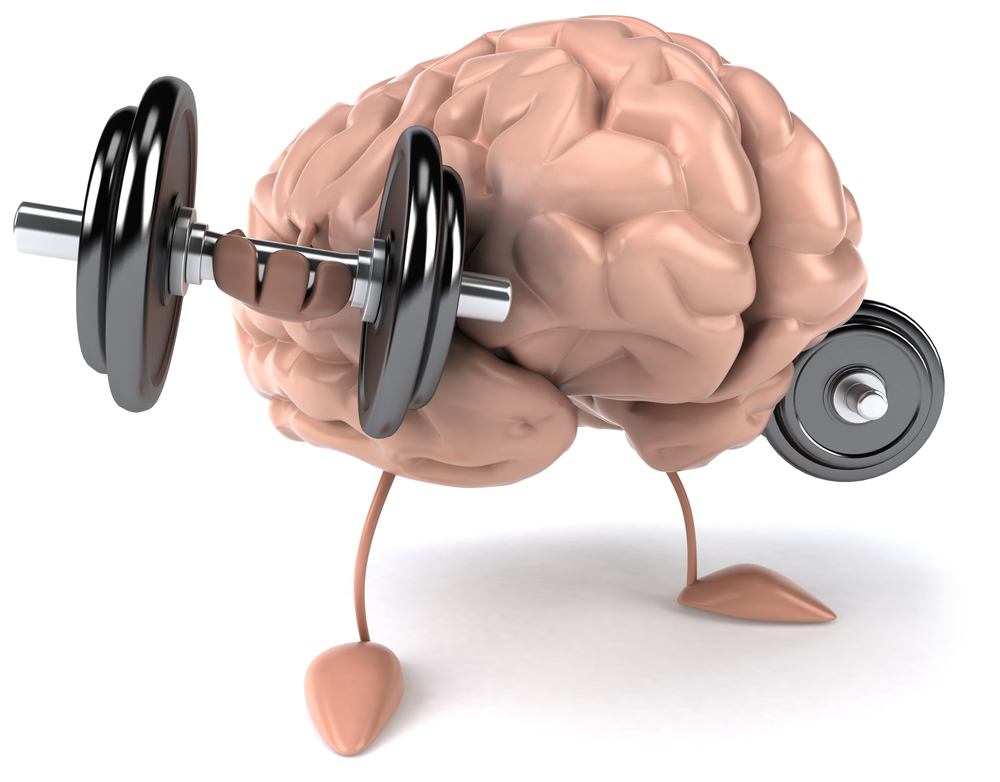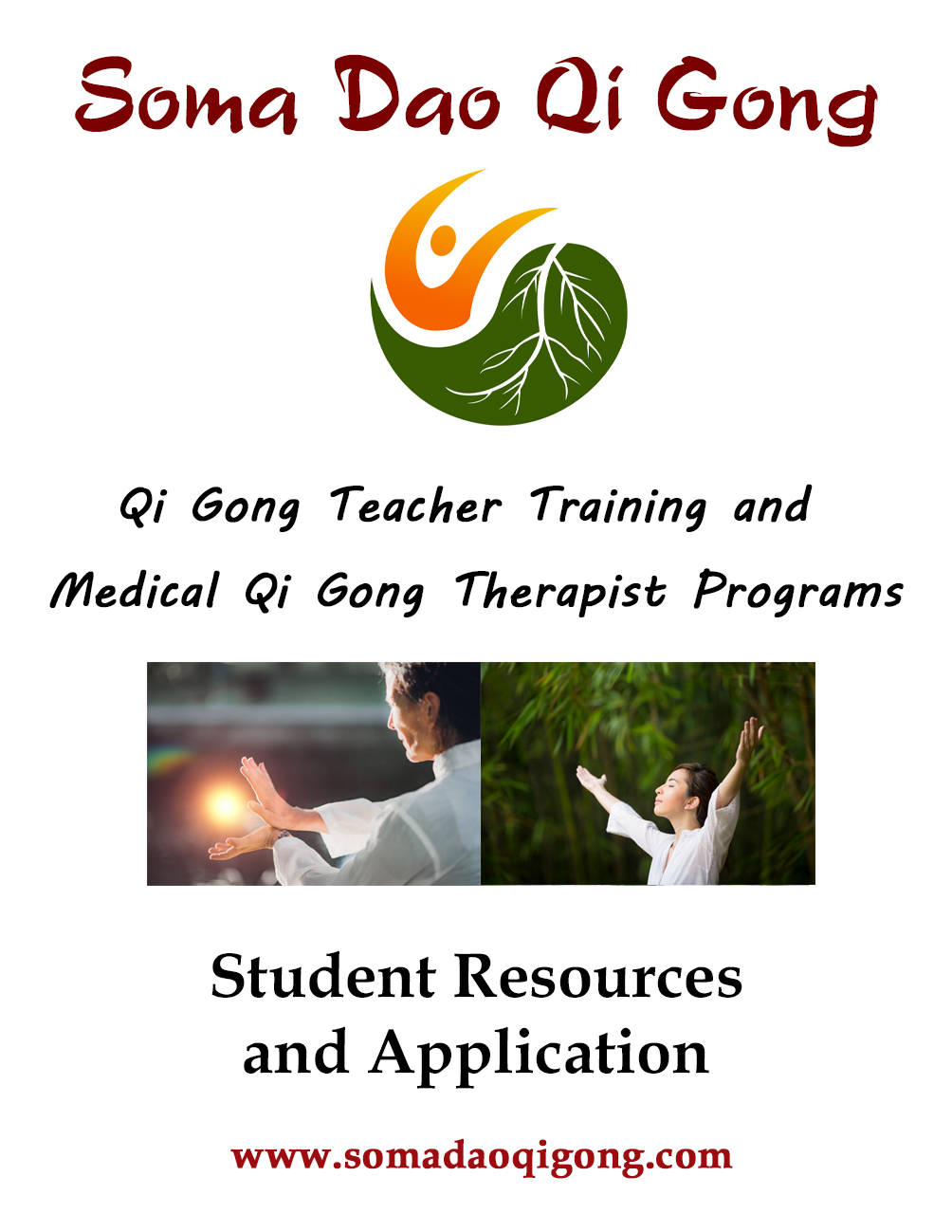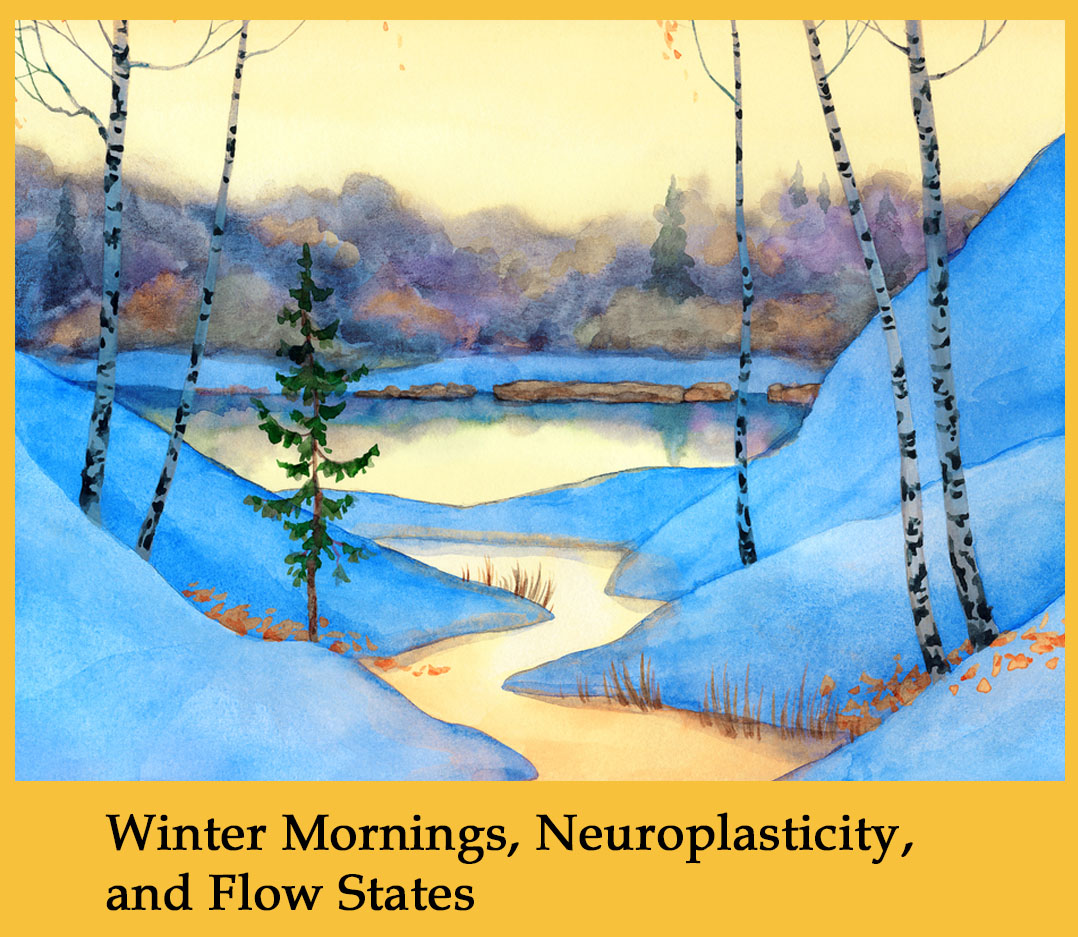Winter Mornings, Neuroplasticity, and Flow Sates – Part Two
In the previous article, I introduced how Winter relates to your Kidneys (the root of vitality), as well as some core aspects of Neuroplasticity, Proprioception, and meditative stillness.
If you missed that article, HERE is a link.
I am writing a series of articles on ways to adapt to Winter, while improving your health, longevity, and self-awareness.
Each article will discuss a practice, or an aspect of many practices, that you can learn and try – right away!
Each article will be linked to a couple of quick videos showing examples of each practice.
Previously, I talked about ways to improve your Neuroplasticity, why Proprioception (how you feel movement, position, momentum, and pain) is so important, and why stillness practices can multiply the benefits of every other activity you choose.
I also introduced the concept of Complex Movement. The more precise, interactive, engaging, random, spontaneous, and intuitive your practices are, the better they will work toward your neuroplasticity goals.
Today, I will describe the unique neuroplasticity challenges of modern life and the reasons why mornings are the best time for random physical and mental challenges. As well, I want to go a little deeper into complex movement and flow states.

Our Modern Environment
I could pick any of the many changes in modern life that are not so good for your brain, but for this conversation, I am going to focus on two. Sitting too much and an inflammatory diet.
Excessive Sitting
If you make your money and/or you have fun sitting in a chair watching a screen, you will need to make up for that lack of movement in some way.
In Traditional Chinese medicine, excessive sitting is one of the Five Taxations (Wǔ Láo 五勞) to your Qì and internal organs. These gradual injuries can induce more rapid aging in your muscles, energy levels, and your ability to think clearly.
People who sit too much are at a higher risk for the following chronic and progressive conditions:
|
– Muscle Atrophy – Obesity – Postural problems – Anxiety and Depression – Cancer
|
– Heart Disease
– Decreased Mobility – Diabetes – Varicose Veins – Deep Vein Thrombosis |
It is one thing to get up from your desk (or couch) every 45 minutes and walk around, it is another to ensure that each of your body’s needs are met and maintained for long-term benefit. Balancing your modern existence with your body’s ancient and instinctual needs is one of the reasons that Qì Gōng is so popular and effective.
Life is all about balance!
It is one thing to get up every 45 minutes and walk around, it is another to ensure that each of your body’s needs are met and maintained for long-term benefit.
If you eat an inflammatory diet, you NEED to heal your gut, put out the fire inside your immune system, and repair the structure of your brain. An inflammatory diet damages your gut lining, your microbiome, your immune system, and your ability to produce Neurotransmitters.
If the inflammation becomes systemic, your brain will begin a very gradual process of degeneration.

The Yin and Yang of Waking Up
Efficiency and hibernation (Yin) are about lowering your metabolism and conserving your Qì. It is an instinct and metabolic tendency among all mammals to conserve energy for later use.
If you were your brain, in charge of all things survival and efficiency, you would naturally trust the familiar and hopefully thirst for novelty (Yang). It is this balance of the familiar and the new that can change or limit your entire life.
Imagine that you are your brain. Imagine walking up, like every other day, ignoring your alarm, then following the same footprints to the bathroom, where you probably scroll your phone for far too long. Then you get ready for your day, your attention now going through the motions of food, emails, a TV show, or it may be sitting in a vehicle and then sitting in all day in an office chair.
Almost Every Morning of your adult life…
Neurologically, after a few days, your brain starts reducing curiosity, short term memory storage, alertness, and several other metabolic factors that determine your cognitive agility and health. If you are not exercising at all, you will also lose some reflex speed and muscle tone after about three weeks.
From an Evolutionary and Neuroplasticity perspective, you must be hibernating or seem to be getting ready to hibernate.
Now imagine, as your brain, that you wake up and go outside for 10 minutes and just walk around. Looking towards the Eastern horizon, perhaps sipping some tea and deciding what kind of Neuroplasticity Boost you will have today.
- More resistance training or more stillness?
- More flow or more complexity and precision?
- More self-expression or more self-reflection?
What if you committed 20 -30 minutes every morning to boosting your nerves, muscles, posture, fascial tensegrity, embodied distress, metabolic sluggishness, self-cultivation, and your mindset to a series of focused and timed movement practices?
What if each week, a few days a week, or each and every day, you chose to challenge your Neuroplasticity with some randomized practice? By that, I mean choosing several three, four, or five-minute units of practice – each having a different focus.
Imagine being your Neuroplastic brain after a few weeks of waking up and randomly picking a handful of exercises – almost every day.
I usually engage in eight @ three-minute (24 minutes total) sessions of varying degrees of martial arts warm-ups, resistance training, traditional Qì Gōng exercises and forms, Trauma Release/Stress Relief Qì Gōng practices, Meditative Stillness (standing or seated), Breathwork Journeys (often six minutes), and some Deep and thorough Stretching on the floor.
The opposite of hibernation is Aliveness (Qì). What your Aliveness needs everyday can change like the weather. Find out how your inner weather is going every morning, choosing the most adaptive and playful Qì to explore.
If you have enough Yīn 陰 (simple, easy, lazy) mornings in a row, your body will trust that you have your reasons for hibernating and do its best to make that happen. Some habits can be nurturing and comforting, but like parents, we are meant to outgrow them, and keep exploring the boundaries of ‘best habits, ever!’
If you have enough Yáng 陽 (aliveness, playful, random and Neuroplasticity Boosting) mornings in a row, your innate adaptability and joy for life itself will turn your body back into the learning, growing, and healing miracle that it has the innate capacity to be.
Complex Movement and Neuroplasticity
I have had mentors and Masters in their 80’s and 90’s who were still very fit and very mentally agile. These people only started to seem ‘old’ about two to three weeks before they passed away. Each of these people was a ‘Master’ – in the sense that they had mastered the balance of influences and choices that ensured long, vital, and profoundly conscious lives.
You do not have to be a Master to benefit from a movement practice. You just need to find enough new things to try, ways to try them, and random ways to fit them together.
Complex Movement, by its nature and name, has to challenge all aspects of your proprioception. Sometimes one thing at a time, like stillness, balance, momentum, speed, fluidity, rhythm, chaos, precision, play, and a hundred other possibilities. Sometimes, several at the same time.
I think most of us would prefer to live a long and healthy life that does not include a few years in a long-term senior care facility. I also think that we all need to be reminded of the adage, ‘You have to use it, or you will lose it!’ Being fit and healthy from a neuroplasticity perspective, is about a consistent, challenging, and playful relationship with your body – and your felt-sense awareness.
Complex Movement, from a Qì Gōng perspective, is more about adding dimensions of interaction than about more dimensions of difficulty. The more dimensions you include at the same time, the more you will naturally create integrated and complex patterns of movement.
I hope I have convinced you to commit your mornings to an experiment for a few weeks.
Complex Movement and Flow
State Shift is your birthright! All of our Ancestors had ways to express, resolve, and transcend the most challenging aspects of life.
Without State Shift practices like singing, dancing, drumming, conscious breathwork, and ecstatic and complex movement, the stress of life builds up, our animal body becomes restless. Without a State Shift, or a shapeshifting practice, without access to this birthright, many people turn to numbing choices and addiction.
In addiction recovery, improving neuroplasticity is one of the most beneficial anyone can make.
Imagine waking up every day and moving for 20 – 30 minutes – exploring complexity, play, and stillness.
A flow state, in the technical sense, occurs when you have found the perfect balance of interactive complexity, repetition, state, and time.
A morning neuroplasticity-boosting session is also meant to be a State Shift practice.
You can access this essential birthright every day.
Tomorrow, I will share several examples of how to develop a morning Neuro-Boosting practice.
Somatic Embodiment
Fang Song – Relaxed and Rooted
Winter Mornings, Neuroplasticity, and Qi Gong
- Standing Meditation (Zhan Zhuang),
- Silk Reeling (Chan Si Jin),
- Longevity practices,
- Breathwork
- Nei Gong Meditation
- Five Animal Shapeshifting Qi Gong,
- and a few other fun surprises.
We will start on Jan 1st, but people can join in until Jan 15th.
Here is a link to LEARN MORE about the course

I am interested in learning more about becoming a Qi Gong Teacher and/or a Medical Qi Gong Therapist and would like to receive your MONTHLY newsletter.
YES! Send me a copy of the Student Resource Guide
(We respect your privacy)
Beginning April 8, 2024
Learn the skills, practices, and principles necessary to safely and successfully guide others through several kinds of Qi Gong Classes.
